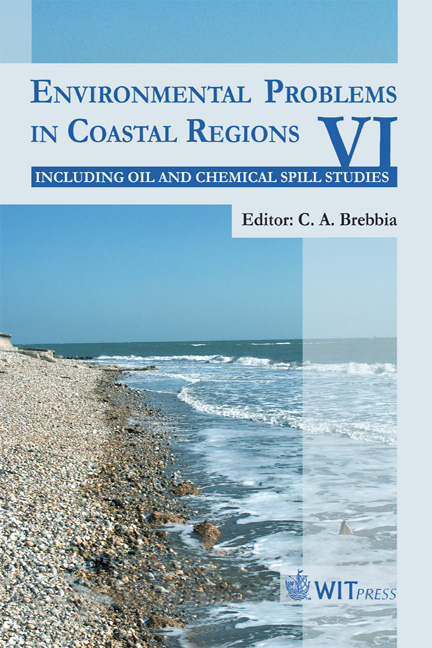Design Of Blasting In A Tunnel In A Coastal Area Near A Protected Breeding Habitat Of The Shag (Phalacrocorax Aristotelis)
Price
Free (open access)
Transaction
Volume
88
Pages
10
Published
2006
Size
597 kb
Paper DOI
10.2495/CENV060021
Copyright
WIT Press
Author(s)
J. Toraño, M. Menéndez, R. Rodríguez & I. Diego
Abstract
In the framework of a project for a harbour expansion, it was necessary to excavate a tunnel under a cape in which on the rocky coasts there was a Shag colony (Phalacrocorax Aristotelis) during some months of the year. The tunnel characteristics (short in length and through very abrasive rock) meant that it was excavated by drilling and blasting, and there was therefore a risk of the blast noise affecting the birds’ breeding. For this reason, a study about the air shock wave had to be done in order to ensure that the noise level would be under a reasonable limit. In this paper, the development of a non-complex air wave prediction model, which allowed the determination of the conditions when there was no negative influence, is shown. Keywords: blasting air wave, tunnelling, environmental impact, Shag. 1 The Shag (Phalacrocorax Aristotelis) in Asturias The Shag in Spain was a game bird until its inclusion in the \“Threatened Species Catalogue” in 1980, [1], as a result of the application of the Berna Agreement that established this species as a protected one since 1979. This bird regularly breeds throughout the Bay of Biscay coastal line, where it is estimated to have a growing population of around 2200 couples. In Asturias, northern Spain, the species population had a remarkable fall until the 1980s, where minimum values reached as low as 50 couples [2]. Since then there has been an outstanding recuperation and the number of reproductive couples can be now estimated at around 200, concentrated in several colonies. Among the threats that the species
Keywords
blasting air wave, tunnelling, environmental impact, Shag.





